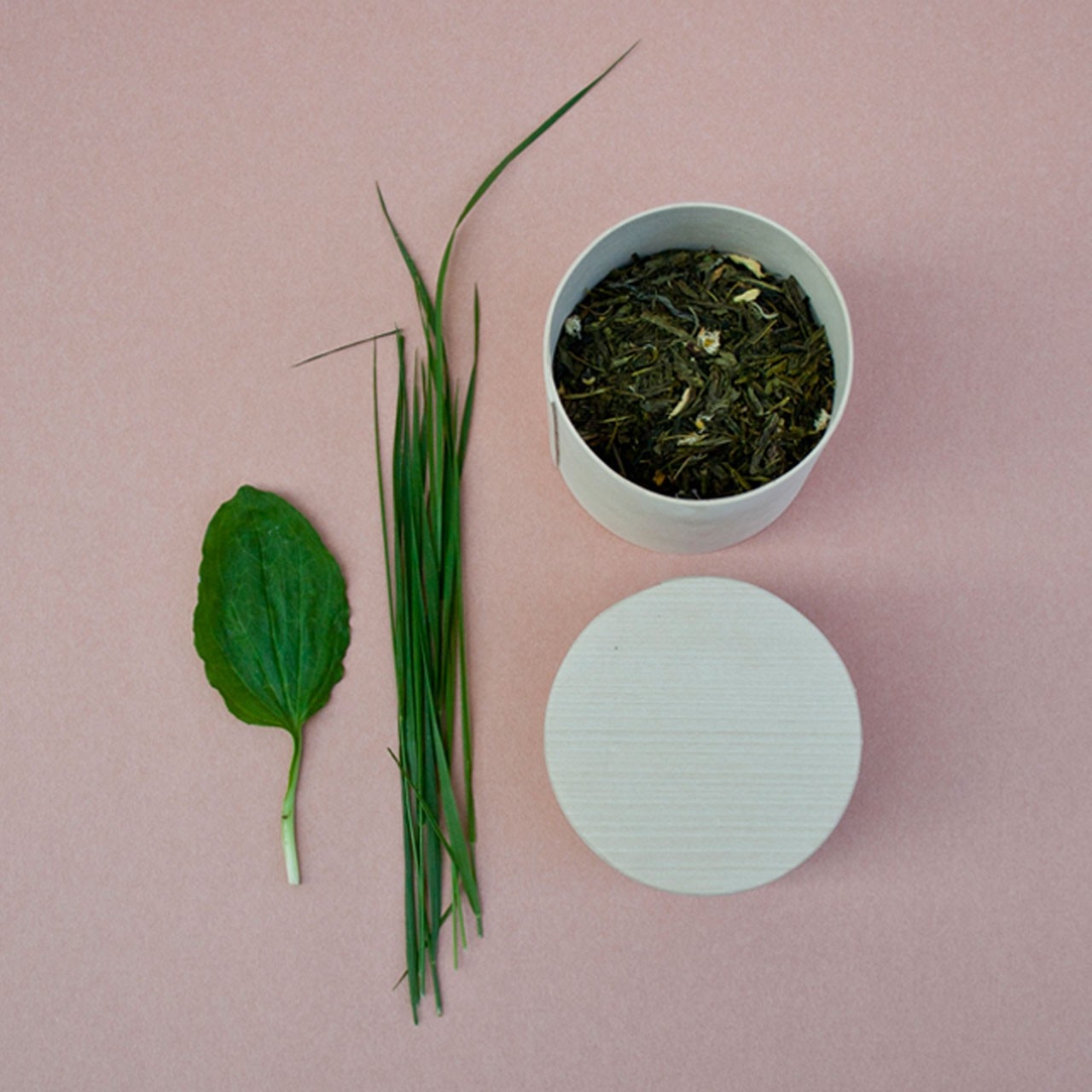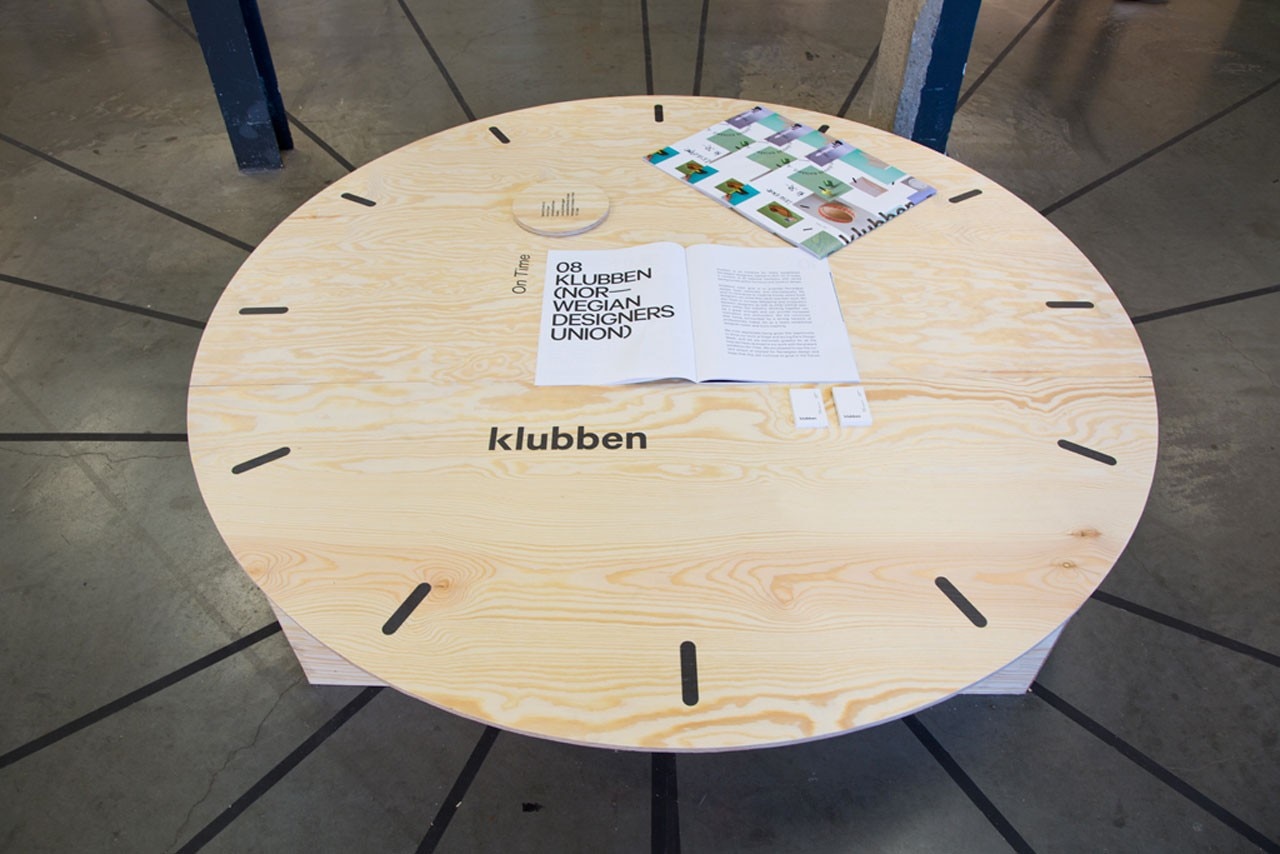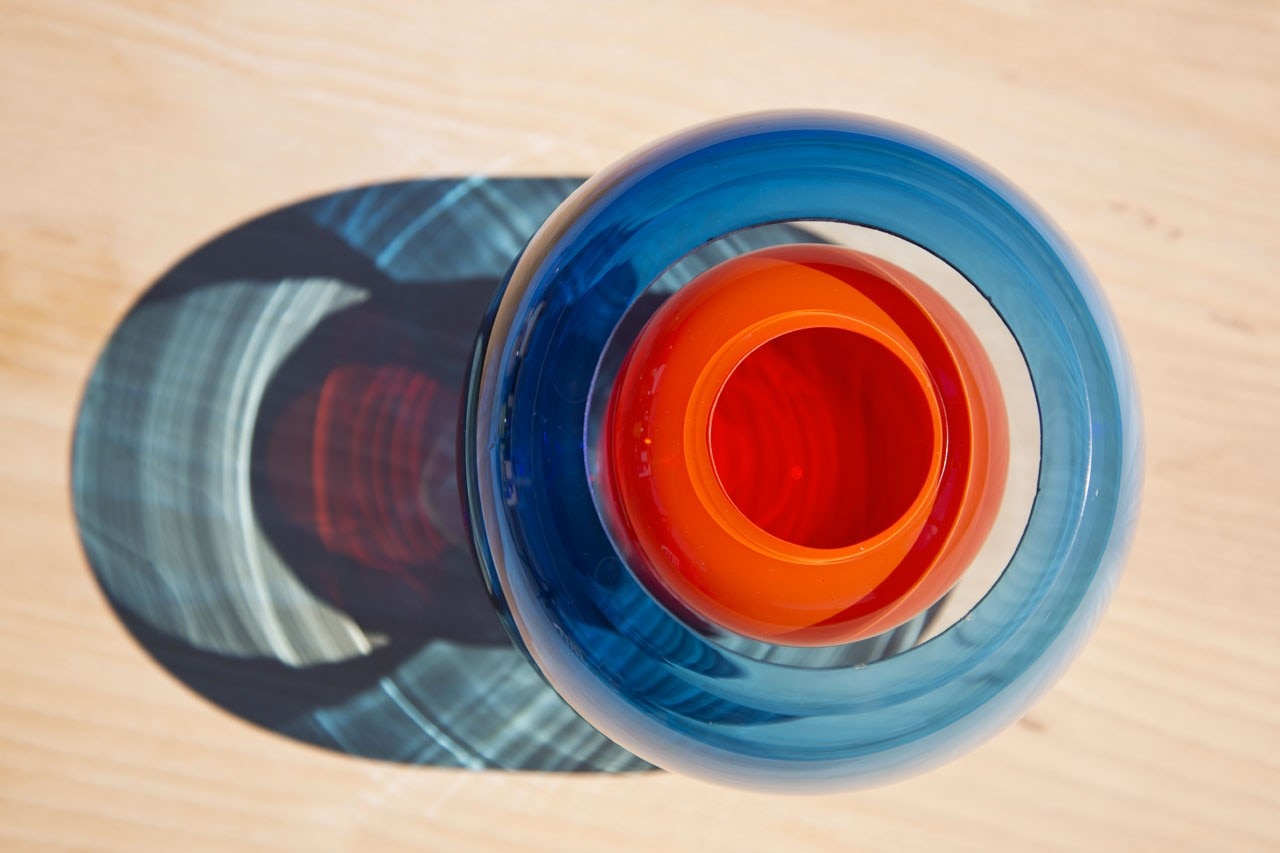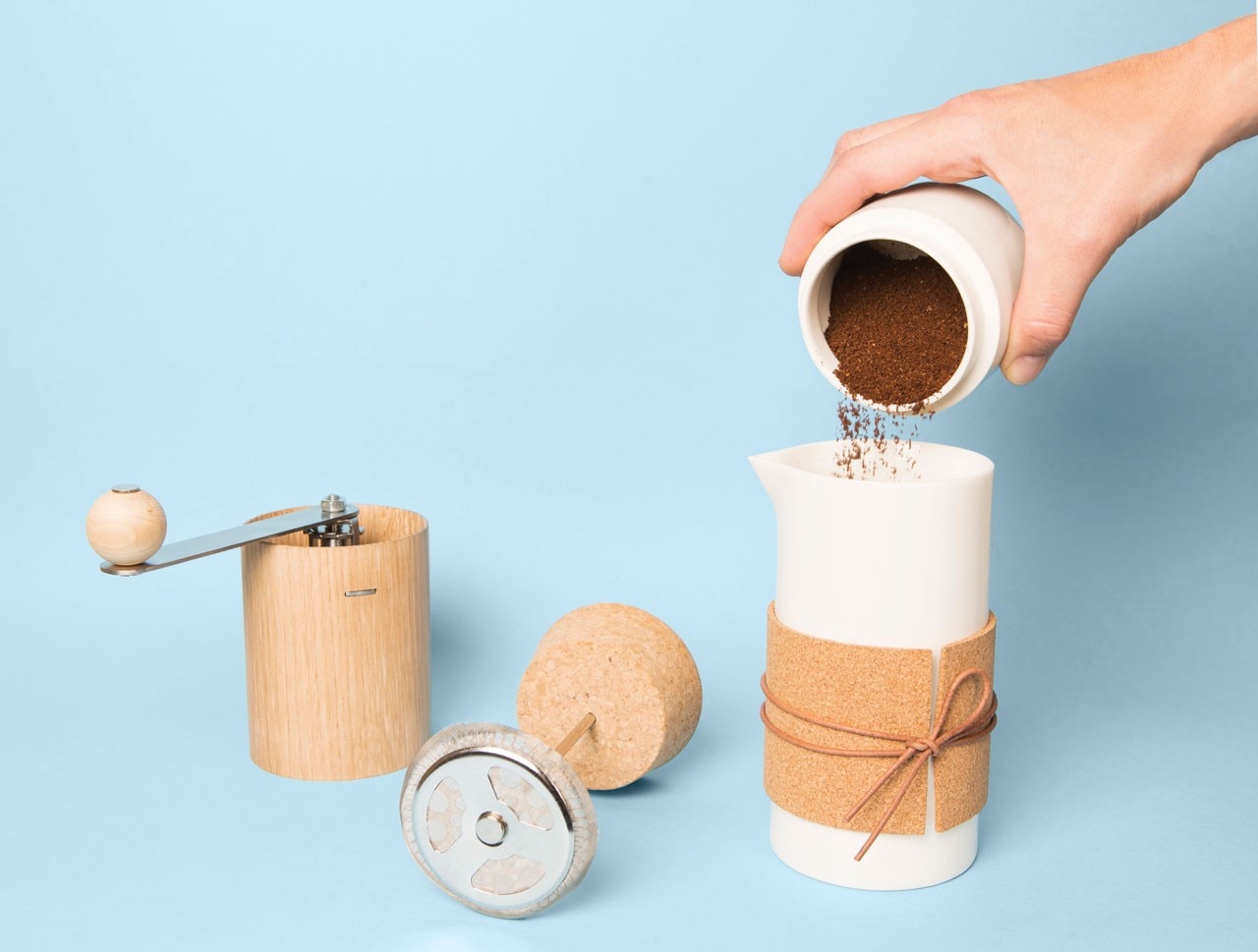
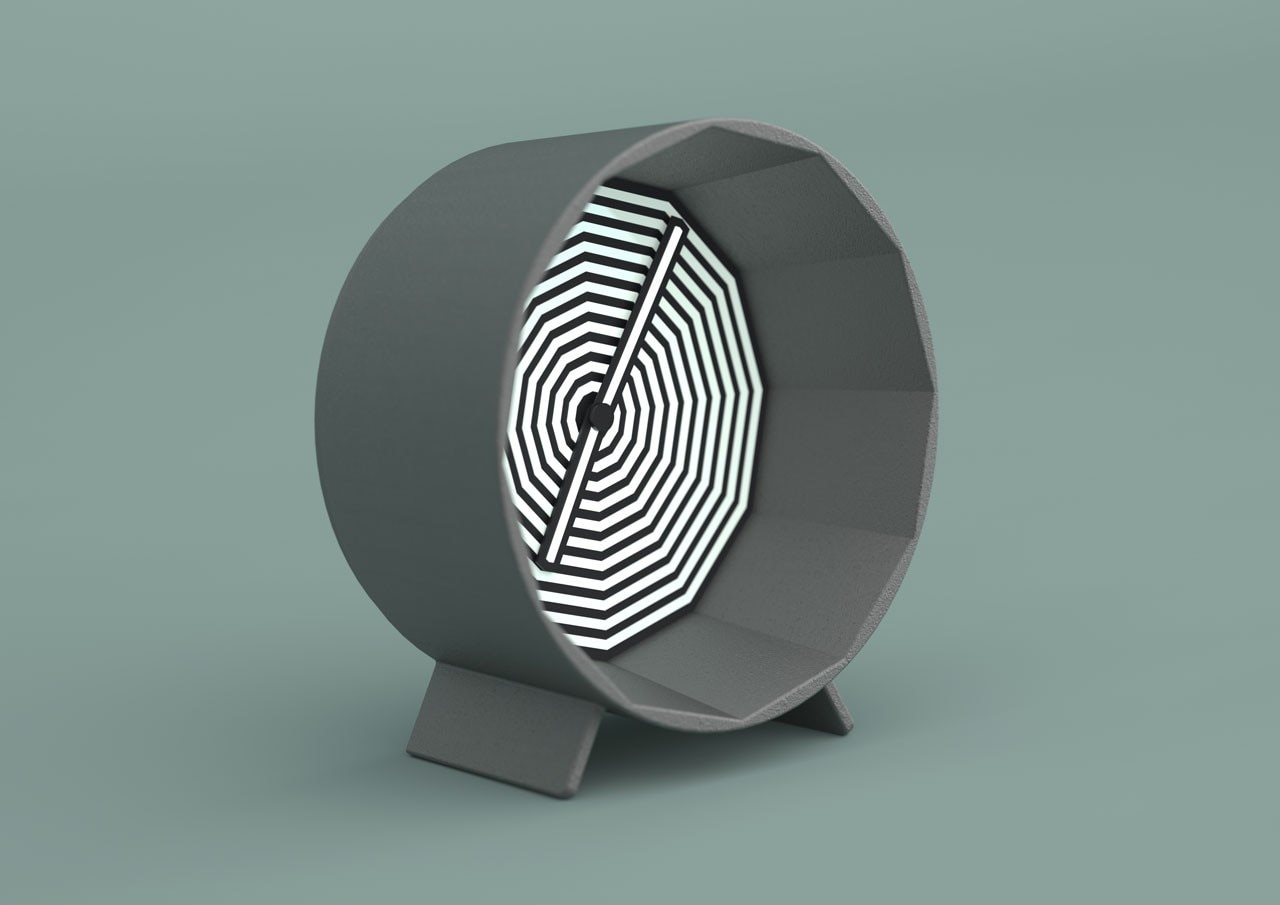
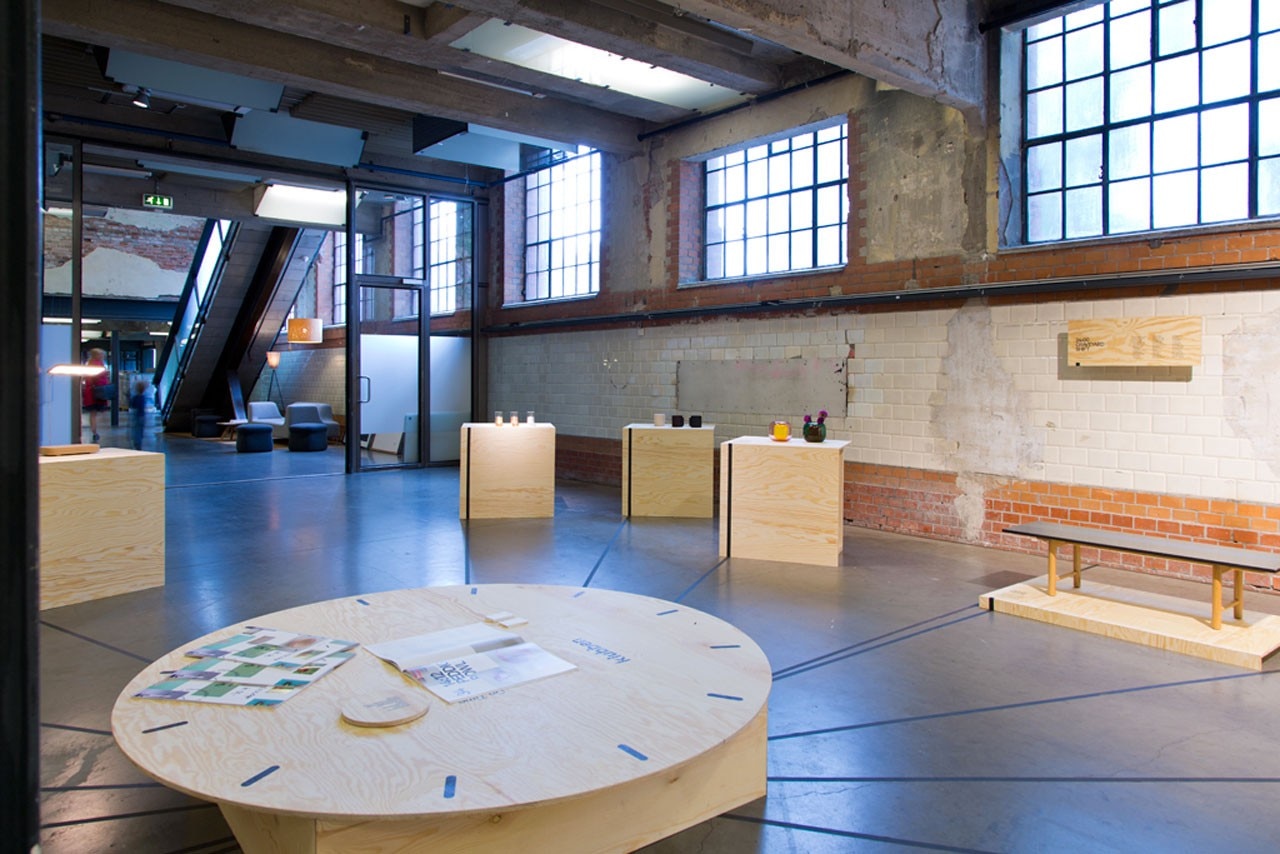
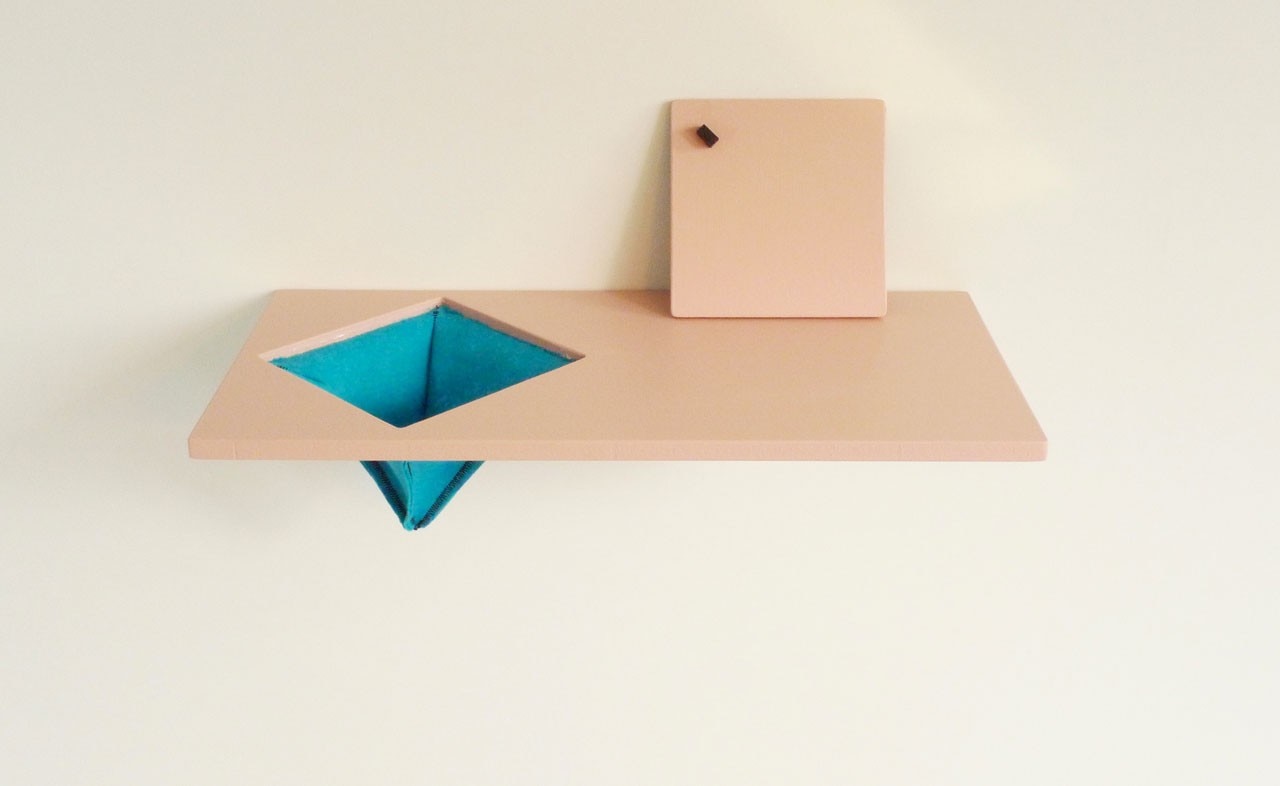
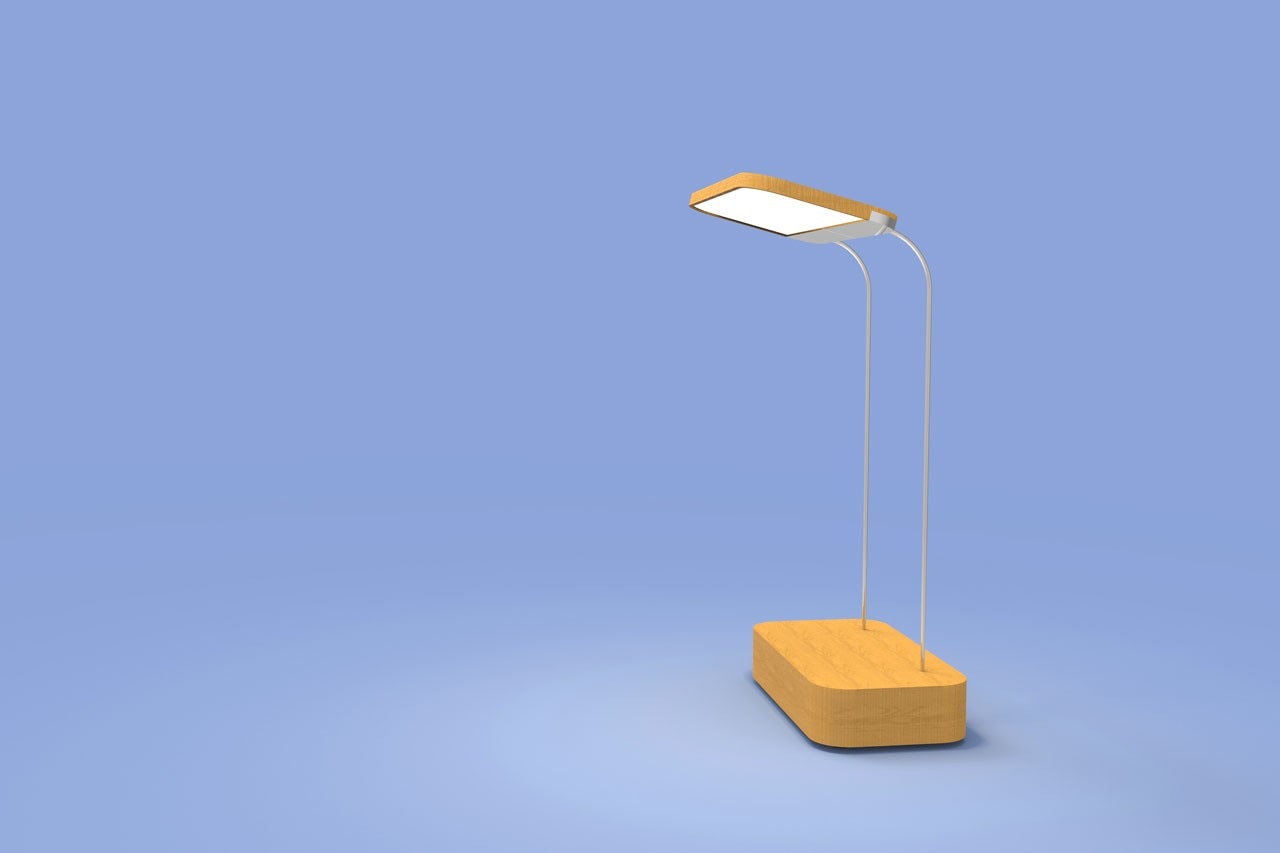
Melvær’s work, as well as others, seems to indicate that the designers of Klubben possess a desire to move beyond the product itself and create something that speaks to a narrative beyond design – one of not only Norwegian heritage, but also of the designer herself. In the case of “On Time”, the designers are looking to themselves to look out.
In recent years the design field has become more than a profession; the word “design” now connotes a lifestyle that caters to an informed audience, or consumers, with a need for products that communicate knowledge and awareness of production, and the story of how they came to be. This requires designers who are able to work with strong conceptual ideas while making products that point to sustainable models. Therefore telling one’s own story through the physical translation of design may very well lead to establishing a common ground with wider audiences.
